

James Wong
2026 Audi SQ5 review: Quick drive
6 Days Ago
You’ve probably seen ‘0.05’ as the measurement that gets you in trouble if you decide to drink then drive. But what does that mean? And is that the legal limit for all licence holders?

Senior Contributor
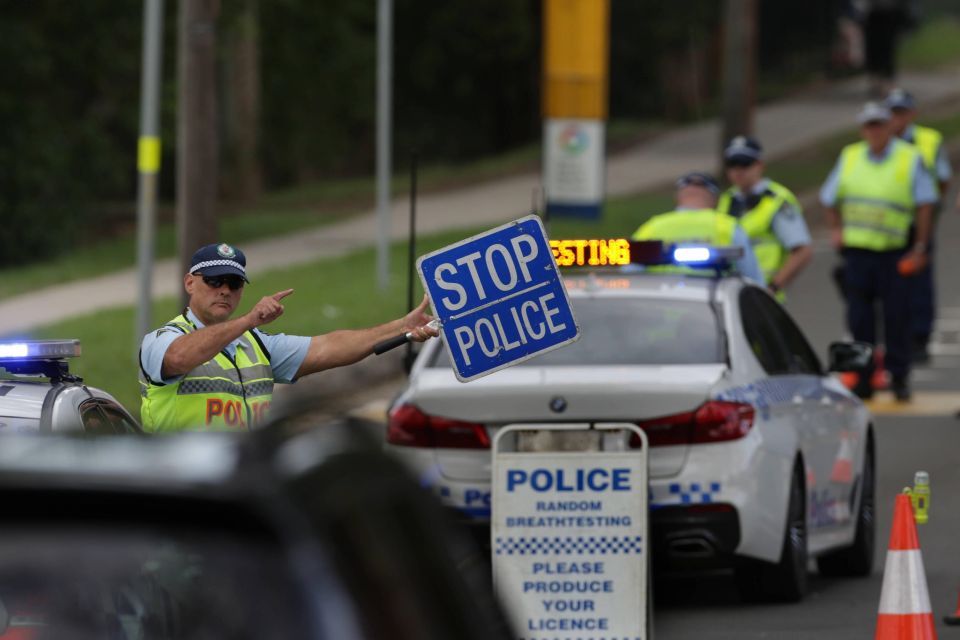

Senior Contributor
You’ve probably seen ‘0.05’ as the measurement that gets you in trouble if you decide to drink then drive. But what does that mean? And is that the legal limit for all licence holders?
Okay, let’s unpack it.
The number 0.05 refers to the Blood Alcohol Concentration, or BAC (also known as Blood Alcohol Content). That is a measurement of the amount of alcohol you have in your system, which can be detected by a breath test, or a blood or urine test.

In some places around the country it is expressed slightly differently. In South Australia, for example, BAC is described as “a measure of the amount of alcohol in the body in grams of alcohol per 100 millilitres of blood (g%)”. So when you see the “g%” below, don’t think it’s a typo.
The Australian government’s department of health states that the laws for BAC that “apply anywhere in Australia” includes: “Drink driving – you’re breaking the law if you drive and your blood alcohol concentration equal to or more than 0.05. If you’re on a learners or provisional licence, your BAC must be zero.”
As stated there, different licence holders have different BAC restrictions, depending on where you live.
But nationwide, the full-licence holder limit is equal to, or over, 0.05BAC. That ‘equal to’ part is important, because it actually means the “legal limit” is 0.049 BAC – higher than that, you will be in strife.
Let’s take a look at some of the details.
In Sydney and NSW, there are three different BAC limits.
Zero BAC applies to: all learner drivers or riders, provisional 1 drivers or riders, provisional 2 drivers or riders, visitors holding an overseas or interstate learner, provisional or equivalent licence.
Under 0.02 applies to: drivers of vehicles of “gross vehicle mass” greater than 13.9 tonnes, drivers of vehicles carrying dangerous goods, drivers of public vehicles such as taxi or bus drivers.
Under 0.05 applies to: all other licences (including visitor licences) not subject to a 0.02 or zero limit.
The state’s health department has published advice on BAC, which states:
“The legal blood alcohol concentration (BAC) limit for fully licensed drivers in Victoria, and all other states and territories, is 0.05.
However, there are some differences for other licence holders in Melbourne.
“In Victoria, you must have a zero (0.00) BAC if you are: on a learner permit (L plates); on a probationary licence (P1 or P2 plates); a bus or taxi driver drive a truck over 4.5 tonnes GVM; a restricted motorcycle rider (shown as an ‘E’ condition); a driver who has been relicensed after a drink-driving or drug-driving cancellation; or a driving instructor.”
SA Health has a pamphlet around BAC and the effects of drinking too much (the worst-case outcome is coma and/or death!). That document also states the laws around drinking and driving:

In South Australia it is an offence to drive (or try to drive) with a BAC equal to or over the following legal levels:
“In addition, it is an offence to operate a boat with a BAC 0.05g% or above. Even if your BAC is less than 0.05g%, you may still be charged with driving under the influence (DUI) if your driving ability is impaired.”
The QLD government’s Street Smarts initiative states the following around BAC limits in that state:
“In Queensland, Learner, Provisional and Probationary Licence holders are not permitted to drive after drinking any alcohol. They must have a zero blood/breath alcohol concentration (0.0 BAC) limit. Open licence holders must have a BAC lower than 0.05. The same applies for supervisors of car and motorcycle learner drivers.
The following licence holders must also maintain a zero BAC when driving:
In WA, as with the other states, full licence holders have a BAC limit of 0.05. But there are other considerations, too:
A zero (0.00) BAC limit applies to:
According to ACT Policing, the following rules apply in our nation’s capital:
“Drivers who hold a full licence are allowed a prescribed blood alcohol concentration limit of under 0.05 alcohol content.
“Special, probationary, international (from non-recognised countries), provisional and learner licence holders, as well as driver trainers, are subject to a zero (0.00) blood alcohol concentration level.
“Drivers of vehicles with a Gross Vehicle Mass (GVM) or Gross Combined Mass (GCM) of more than 15 tonnes, or carrying dangerous goods, are special drivers and are subject to a zero blood alcohol concentration level.”
In the NT, there are similar 0.00 and 0.05 BAC limits. Here’s a rundown:
Those for whom a 0.00% BAC limit exists include the following: learner licence holders; provisional licence holders; full licence (car or rider) on Z condition (zero BAC requirement as part of licence); approved driving instructors who are teaching; public passenger vehicle drivers – bus, taxi; coach or heavy vehicle (over 15 tonnes GVM or GCM) drivers; dangerous goods vehicle driver.
The 0.05% BAC licence threshold exists for full licence holders (car or rider), whether they are licenced in the NT, interstate or overseas.
Tassie police have similar drink-driving rules as other jurisdictions: “You are breaking the law if you drive a vehicle with a blood alcohol level over 0.05%,” the Tasmania Police tourist tips page states.
The island state also has specific rules for 0.00 BAC limits: “If you fall into any of the following categories, you will be breaking the law if you drive with any alcohol in your body: Provisional, Learner or unlicensed drivers; driving a vehicle with a gross mass exceeding 4.5 tonnes; driving a vehicle designed and constructed to carry 13 or more adult passengers, including the driver; driving a public passenger vehicle.”
—
The best advice, and words echoed by most jurisdictions around the country, is that if you plan to drink, do not drive. And if you plan to drive, do not drink.
Not intended as legal advice. Check with the relevant roads authority in your state or territory.
Matt has more than a decade of experience in automotive journalism, and loves exploring the pros and cons of new cars, delving into deep-dive industry stories, and going for a drive just for the fun of it.


James Wong
6 Days Ago
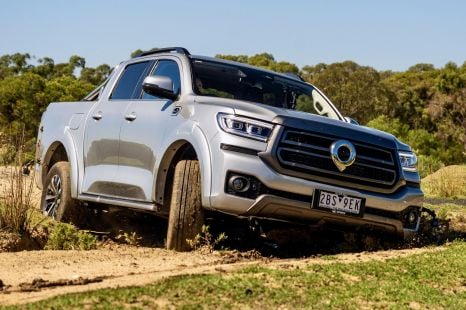

Max Davies
5 Days Ago
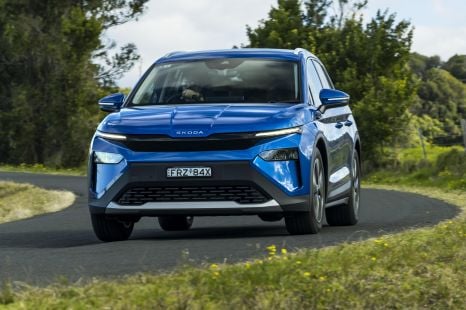

Josh Nevett
3 Days Ago
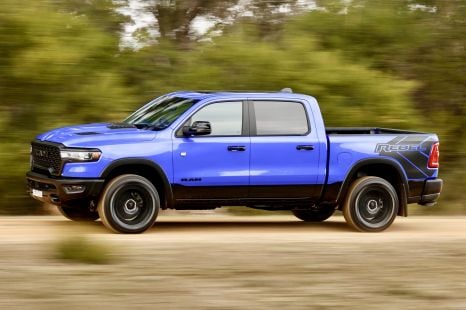

Max Davies
3 Days Ago
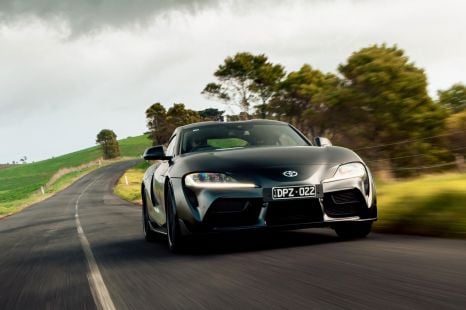

Max Davies
2 Days Ago


Derek Fung
2 Days Ago